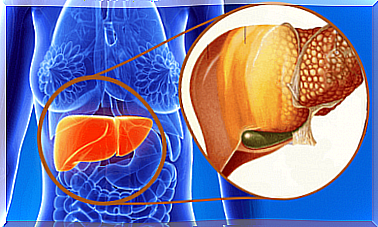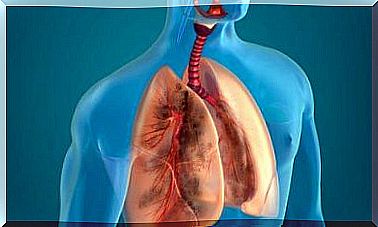Learn All About Heavy Legs
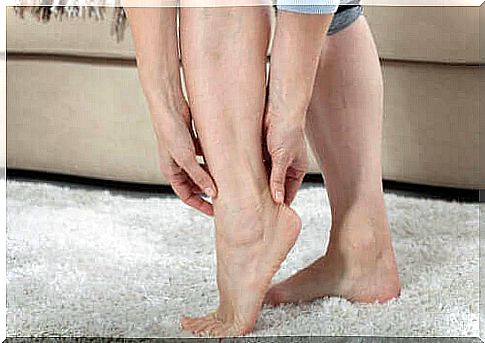
The demands of everyday life can greatly affect our health. So it is normal to feel tired after standing for hours. However, if the feeling is continuous, you may be experiencing heavy legs, which is more common than many think.
Fortunately , heavy legs are not a serious condition. It can nevertheless limit your day-to-day activities, so it should be monitored and controlled.
Heavy leg syndrome affects 20-30% of the adult population. It affects 50% of people over 50 and is five times more common in women. It is also more common in obese people or those with sedentary habits or those who spend a lot of time standing.
Unfortunately, in many cases, this health problem is directly related to a person’s occupation or job. Standing or sitting for many hours can have a negative effect on your health and that of your legs. In this article we will therefore tell you everything about heavy legs, its symptoms and causes, and tips to prevent or improve it.
What are heavy legs?
Due to the natural cellular aging process, the cell walls enlarge. This makes the blood vessels, which consist of many cells, more fragile and less effective.
The function of the veins is to collect blood from around the body and return it to the heart. As for the venous system of the legs, to make the blood rise (in the opposite direction to gravity), it has small valves that prevent its retraction, in addition to a muscle layer that promotes pumping.
When there is poor blood flow, either because the pump fails or because the blood is stagnant, the first symptoms appear, including a feeling of heaviness, fatigue and swelling of the legs. This happens when fluid leaks from the veins into the tissues.
If this stretches, the excessive pressure of the venous walls causes them to lose the ability to keep the blood inside. So this is when varicose veins and the common vascular disease known as chronic venous insufficiency appear.
Symptoms of heavy legs
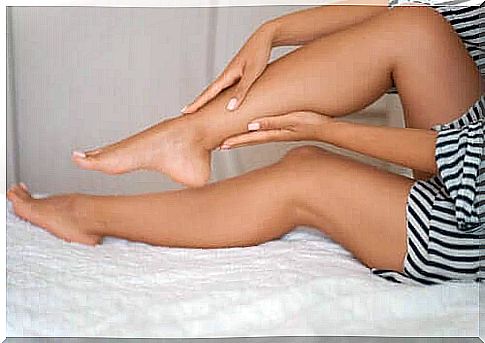
Heavy legs cause a number of symptoms. In general, the usual signs of heavy legs and the symptoms of heavy legs include the following:
- Heaviness and swelling in the legs.
- Pain.
- Itch.
- Fatigue.
- muscle cramps.
- Nocturnal paresthesias (numbness in the legs).
- Tingling and stiffness.
- Varicose veins or spider veins (dilated veins, as they cannot return all blood to the heart. Spider veins are smaller and reddish in color, while varicose veins are larger and more bluish in color).
- Swelling, which gets worse if you stand or don’t move for a long time.
- You should also know that the most common symptoms in most cases are itching, heaviness and pain.
Which factors influence?

There are a number of factors, such as the ones we describe below, that can make people more prone to heavy legs and thus can be avoided.
- Age: Various studies show that the frequency of venous diseases is 60% in the over-65s.
- Personal medical history (previous circulatory disorder).
- Genetic predisposition (Spanish link) so the family history.
- Hormonal status (especially during pregnancy and menopause or if you are taking oral contraceptives or undergoing hormone replacement therapy).
- Foot Morphology: Flat feet (which reduces the muscle contraction that normally occurs when walking).
In addition, there are a number of preventable factors that aggravate the syndrome. Think of factors such as the ones we mention below:
- Physical inactivity.
- Standing or sitting for hours a day.
- Prolonged exposure to sun or heat.
- High-risk jobs include health care workers, hostesses, hospitality workers, hairdressers, housekeepers, office workers, drivers, teachers, and telephone operators.
- Overweight or obese, especially in women. Increased adipose tissue in the legs complicates the effectiveness of the muscle pump that promotes blood circulation.
- Constipation, as it causes an increase in abdominal pressure and can make it difficult for blood to flow back to the heart.
- Tight clothing on the legs and hips, as this will impede blood flow.
- High temperatures. Heat causes the arteries to widen and makes it difficult for blood to flow back to the heart.
All of these factors can be changed before the syndrome starts and you can help alleviate your discomfort and complications in the long term.
Tips for Preventing and Relieving Heavy Legs
The main solution to avoid heavy legs is to change your lifestyle. Here are the steps you can take to prevent the condition or mitigate its potential effects if it occurs:
- Keep your legs high. Raise your legs for at least 30 minutes, two to three times a day. You should sit and keep your legs above hip height, supported on an armchair, without crossing them.
- Exercise every day, at least 30-60 minutes a day. Avoid lifting weights with your legs. Experts recommend aerobic activities such as swimming, cycling, Pilates or yoga.
- Avoid being overweight. Follow a low-calorie diet.
- Avoid heat sources and excessive sun exposure. Cold water baths can be beneficial.
- Sleep with your legs about four to eight inches up.
- Do not wear tight clothing or footwear. It is best to use garments made of natural fibers that allow the skin to breathe. While some heels can be helpful with footwear, you should avoid high heels.
- Prevent constipation. Try to establish a daily bowel movement pattern by developing new habits.
- Control your blood pressure.
- Massage from the feet upwards. This promotes blood circulation and reduces fluid accumulation in the ankles.
Possible treatments
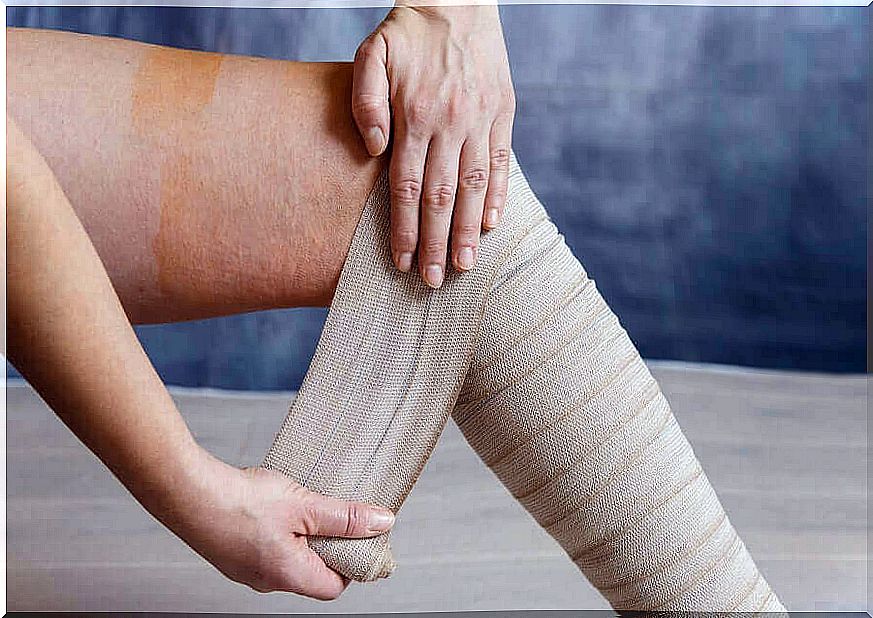
While heavy legs are not a serious condition, it is becoming more common. Currently, medical professionals recommend the following options for heavy legs, among others:
- compression therapy. This consists of applying pressure to the legs by using elastic compression bandages or socks. You have to choose the right compression, size and model, which will be different for each person. You should therefore ensure that you consult a professional.
- water therapy. Showers combined with massages with cold water or alternating cold water with lukewarm water. This helps to stimulate blood circulation.
- herbal medicine. A number of medicinal plants can help improve blood circulation. Remember to use only those recommended by a professional and under the supervision of a pharmacist. Some examples include ginkgo biloba, mouse thorn and witch hazel.
- Medicines. This consists of administering venotonics, always on medical prescription, which improve blood circulation.
- Surgery of blood vessels. This only happens in extreme cases.
In short, heavy legs are a condition that can affect your quality of life if not treated in time. It is therefore advisable to consult your doctor at the first symptoms.


